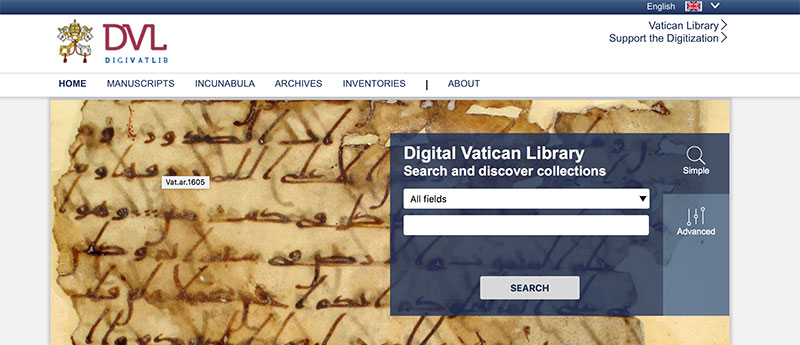Report: Parchment, Paper, Pixels. International conference in Maastricht, 2-3 February 2017
9 februari 2017by Mariken Teeuwen
On 2 and 3 February a small group of (mostly) manuscript researchers convened in Maastricht to share papers on a subject which has already been the topic of many conferences: digital tools for manuscript scholars. Nevertheless, some really interesting and inspiring contributions were on the program. Overall, what struck me is that multiple speakers were not afraid to characterize their endeavours to ‘do something digital’ with their data had actually failed, mostly because they underestimated the step between presenting the data in a digital format and making them understandable and usable for colleagues (Peter Stokes).
To use two magic words of Digital Humanities in one sentence: standards, such as encoded in TEI, are not the only solution on the way to interoperability. In our projects, we seek to share our data with the world, but still think that we need a very specific encoding, presentation, annotation to do so, and thus we all start building our own solutions. Apparently, we do not necessarily aim to make our data fit for sharing in other networks or, to use another magic word, infrastructures.
My own contribution can be seen in this same trend. I wanted to assess the usability of collections of digitized medieval manuscripts: what can we, as researchers, do with those collections, and what can we not do? What would we want to do, and how would that be achievable? The medievalists among us must be familiar with the large manuscript sites, such as eCodices (the Virtual Manuscript Library of Switzerland), Gallica (the digital collections of the Bibliotheque nationale de France in Paris and numerous other municipal libraries in France), and the Digital Vatican Library. The first two projects started publishing their online facsimiles in the beginning of the twenty-first century, the latter only in 2010.
It is astonishing to realize how recent this whole movement is, and how much it has already changed our field. The visual presence of medieval manuscripts online has given new direction, purpose and energy to the fields of palaeography, codicology, philology, the history of art, music and science. It has created the possibility to see manuscripts side-by-side which are kept at different edges of the world, to spot practices of producing books, of reading, writing, using and abusing books, of trading books, etcetera.
Yet a researcher still has to deal with very imperfect and wildly varying systems of metadata for these manuscripts. We long for an investment in a more systematic way of encoding these metadata (date, place, contents, measurements, physical features such as script type, etcetera etcetera) so that a researcher would be able to search across digital collections in one go.
The problem here is in the ‘etcetera’: we cannot agree on what the best system would be, how many fields we would need to include. Still, I want to argue: it would be very worthwhile to try and work this out. Let’s take best practices and start working from there!

